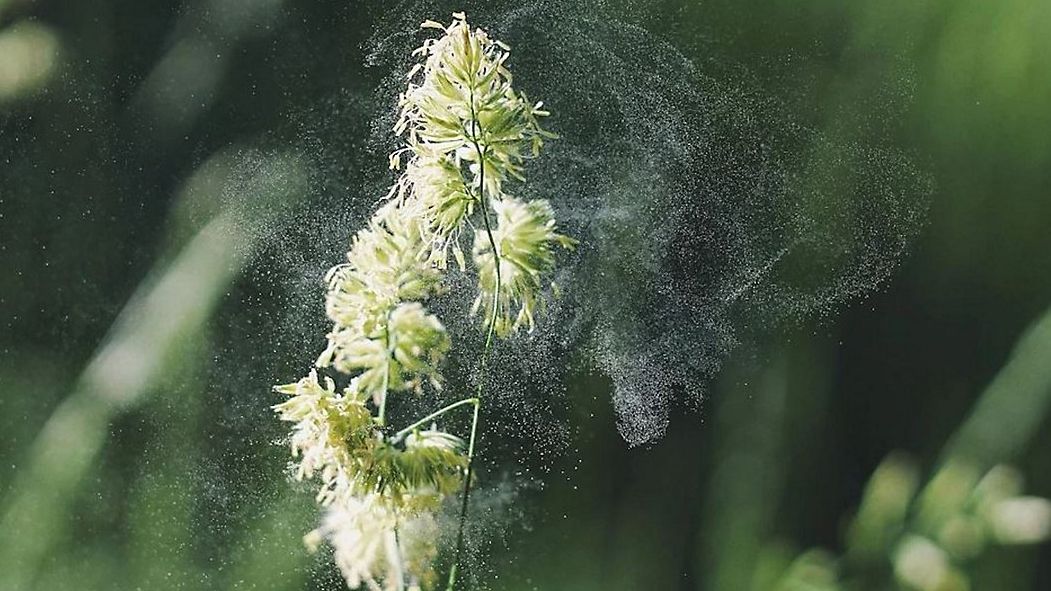Tree pollen season is in full swing and there are some things to know about how the weather can impact the severity of the pollen on a given day.
The conditions that bring the worst of the pollen are no big secret.
Plants need some sunshine to grow, so pollen counts are generally higher on warm and sunny days.
If you add wind to the equation, pollen counts can be even higher as pollen can spread farther from trees.
Even on cooler days, wind can increase the pollen count.
It is still common to see cold fronts in spring, but it is often windy behind these fronts, which can negate the impact of cooler temperatures on the overall pollen count.
Rain can certainly clear much of the pollen from the air, bringing temporary relief.
However, just like sun, plants need water to grow and increased rainfall can actually bring more pollen in the future.
So when sunshine and warmer temperatures return after a rainstorm, you can see a huge spike in pollen.
At the end of the day, there is no avoiding the pollen this time of year.
Here in Florida, we generally see the tree pollen come down in May, with grass pollen increasing in the summer.
Our team of meteorologists dives deep into the science of weather and breaks down timely weather data and information. To view more weather and climate stories, check out our weather blogs section.



